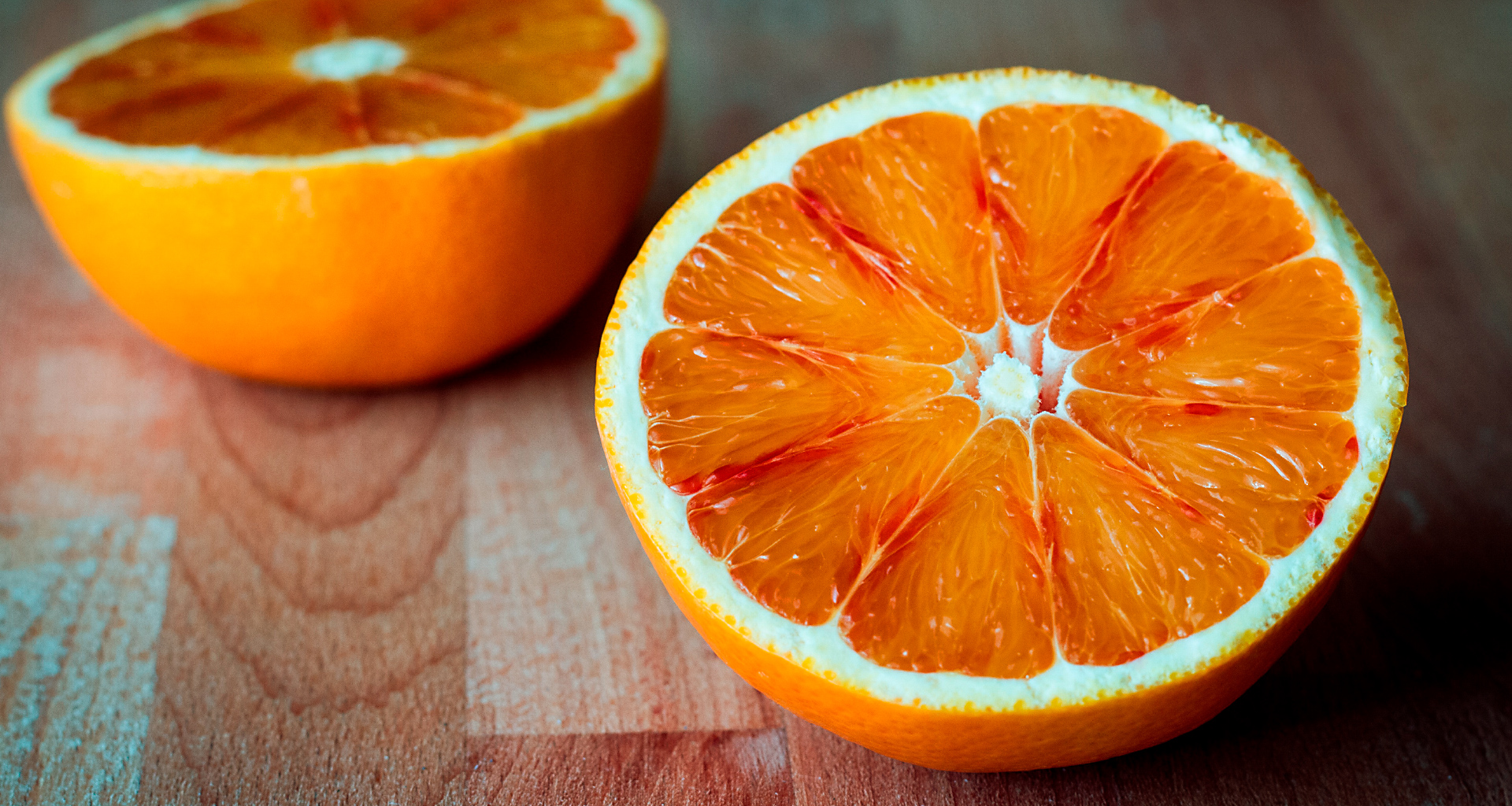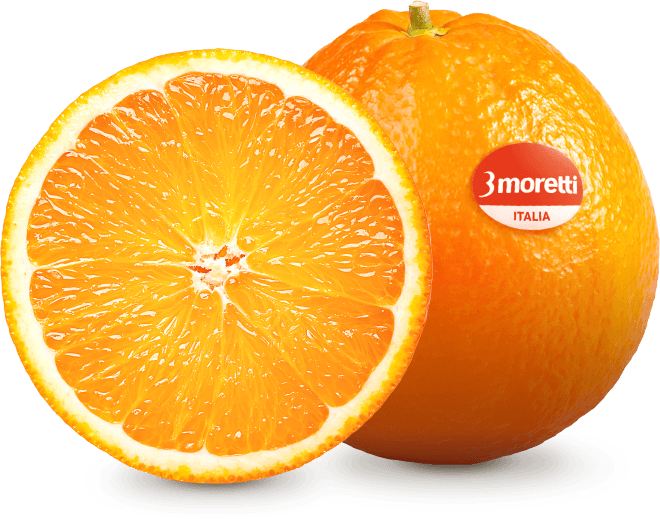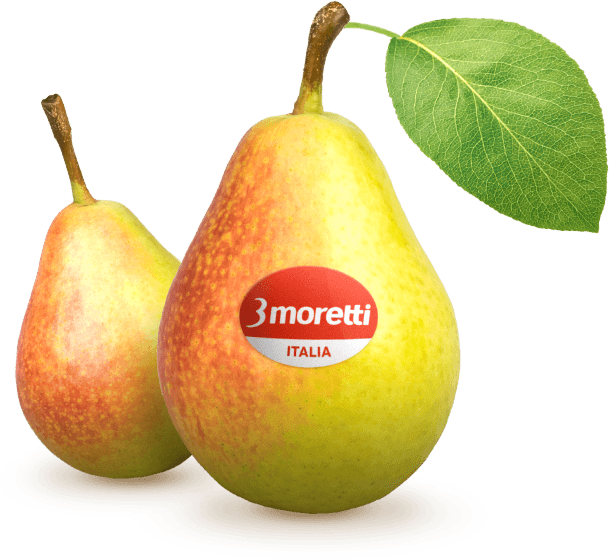An ally for our well-being
You may know that the white part of citrus fruits, that slightly spongy layer under the peel, is discarded because of its bitter taste. When making desserts and jams, as well as liqueurs, such as the famous limoncello, for example, it is always advisable to avoid grating this part together with the zest because it would give a bitter aftertaste and compromise the final result.
What you may not know, however, is that albedo, whose name comes from the Latin word “albus”, meaning white, is instead a “waste” product that is rich in properties. This part of the citrus fruit, between the pulp and the peel, contains a real concentrate of well-being for the body.
So, from now on, when you eat an orange, remember not to remove the albedo completely.
You can enjoy the pulp, reuse the peels and even the albedo of 3moretti oranges.
Albedo is “surprise” that has many beneficial properties
The albedo, the white part inside the citrus fruit, is rich in fibre and antioxidants.
Indeed, here in this thin spongy layer is pectin, a soluble fibre that helps keep our intestines healthy, but is also used as a natural thickener in cooking.
Pectin also helps to increase the sense of satiety, so it can be a natural remedy when following a weight-loss diet. It also helps to control blood sugar and cholesterol.
This valuable white part between the pulp and the peel is also rich in bioflavonoids, molecules that have an antioxidant function and contribute to healthy veins and capillaries. Bioflavonoids are also useful in combatting cellular ageing.
Did you know that pears are also rich in flavonoids?
The bioflavonoids present in the white part help absorb the vitamin C contained in the citrus fruit pulp (100g of orange provides 49mg of Vitamin C - source www.crea.gov.it)
Thanks to these characteristics and its balsamic properties, albedo is also ideal for preventing and combatting respiratory infections such as flu and bronchitis.
The next time you peel 3moretti oranges, remember to leave yourself a bit of albedo - your body will thank you for it.
The name albedo, where it comes from
In addition to its properties, albedo is also surprising because of its unusual name.
Indeed, in the 19th century. the term “albedo” was used to describe the fraction of light reflected by a celestial body.
It was only in the 1960s that this term stolen from physics was used in botany to refer to this white part that is often considered a waste product, but is rich in properties..













